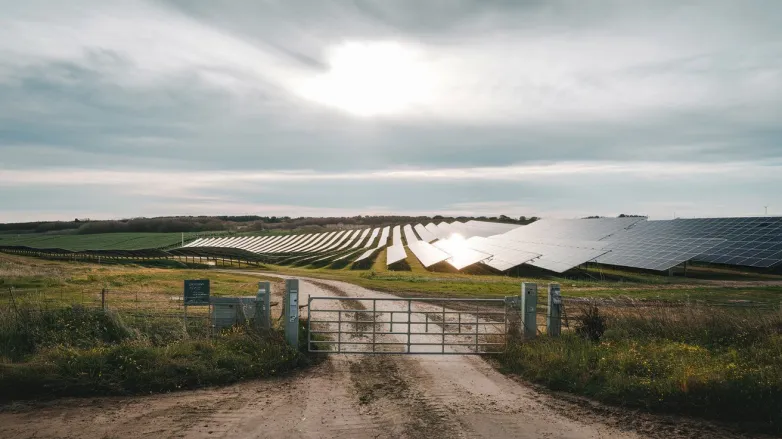X-ELIO Launches 14-MW Solar Power Plant in Yamaguchi, Japan
- Spanish renewables firm X-ELIO has commissioned a 14-MW solar facility in Japan’s Yamaguchi prefecture, expanding its footprint in Asia's clean energy market.

Spain-headquartered X-ELIO has flipped the switch on its 14-megawatt Funaki solar farm, turning a once-quiet golf course in Ube, Yamaguchi Prefecture, into a steady producer of clean electricity. The array, spread across gentle fairways now lined with some 25,000 photovoltaic modules, is expected to generate roughly 18 GWh a year—enough to meet the demand of about 5,000 average Japanese households and avoid more than 10,000 tonnes of CO₂ annually.
Every electron has a buyer before it even hits the wires. X-ELIO inked a 20-year power-purchase agreement with Amazon earlier this year, guaranteeing the tech giant a fixed supply of renewable energy for its regional data-centre expansion and pushing both firms closer to their net-zero targets.
Funaki is more than another line on an asset spreadsheet. During construction the project created 120 short-term jobs and injected an estimated ¥4 billion (about USD 25 million) into local supply chains. The company has since donated backup generators, shelter supplies and disaster-response tools to nearby communities—an appreciated gesture in a coastal region that knows typhoons all too well.
Japan’s central government wants renewables to cover at least 36 percent of national power needs by 2030. With grid-connected capacity still short of that goal, provincial authorities have welcomed foreign developers willing to tackle tricky sites like Funaki’s undulating terrain. X-ELIO entered the market a decade ago and now operates nearly 400 MW across the archipelago, with another 400 MW of solar-plus-storage in late-stage development.
“Projects like Funaki show how brownfield land can be reborn as reliable infrastructure,” said Álvaro Portellano, X-ELIO’s country manager for Japan, at the ribbon-cutting ceremony. The company’s next steps include adding a battery system to smooth daytime peaks and exploring additional corporate PPAs with manufacturers eager to shrink their carbon footprints.
For residents of Ube, the biggest change is visual: where golfers once teed off, rows of dark-blue panels now tilt toward the southern sky, silently converting sunlight into a cleaner grid and a small but tangible slice of Japan’s low-carbon future.
Also read


